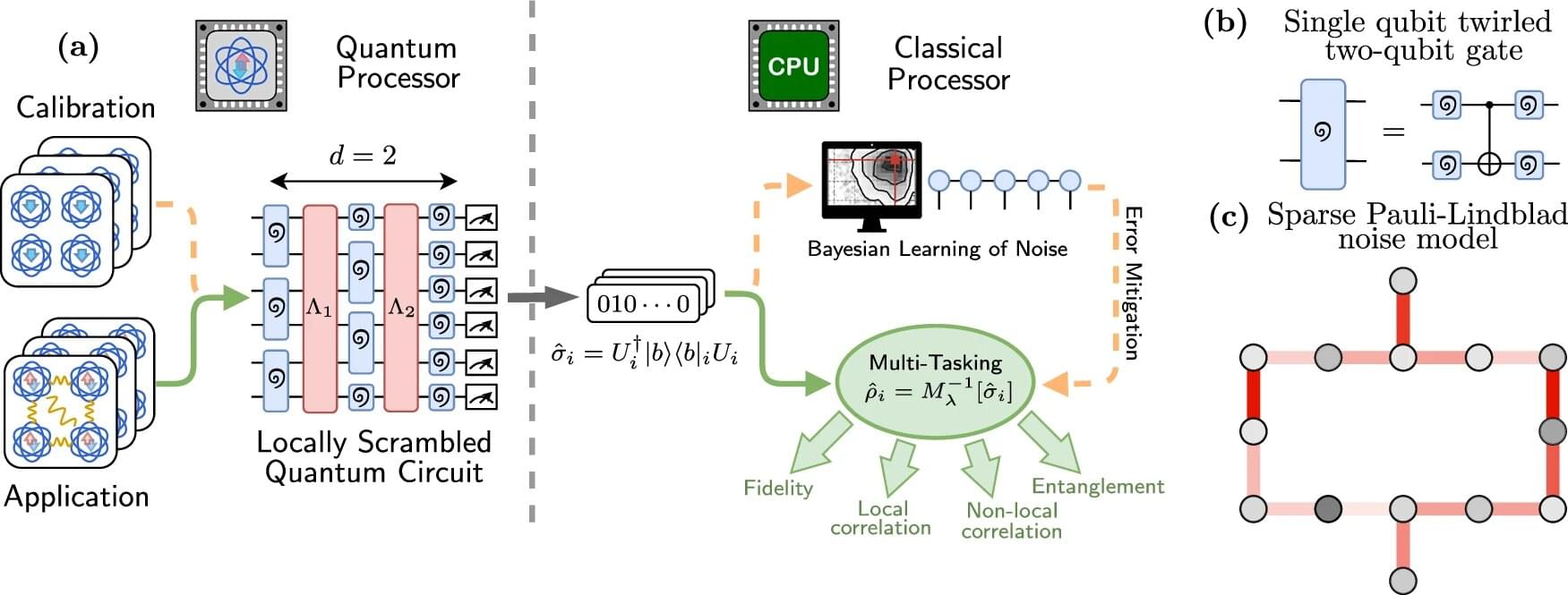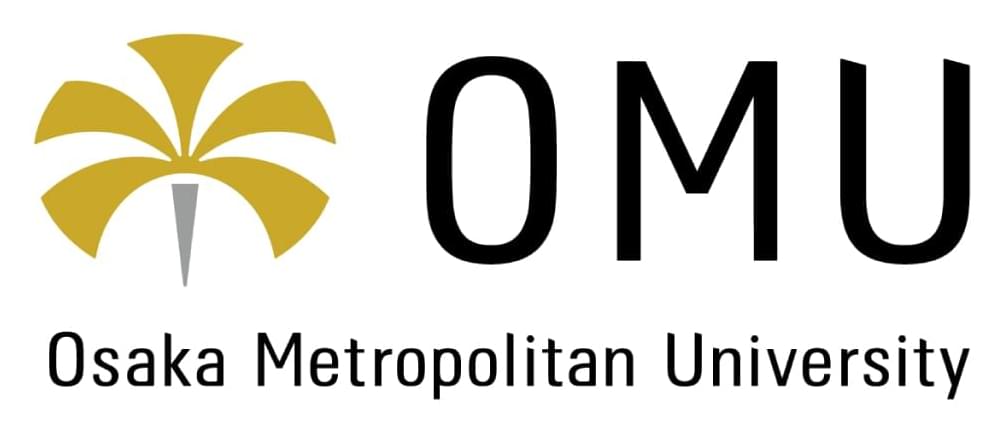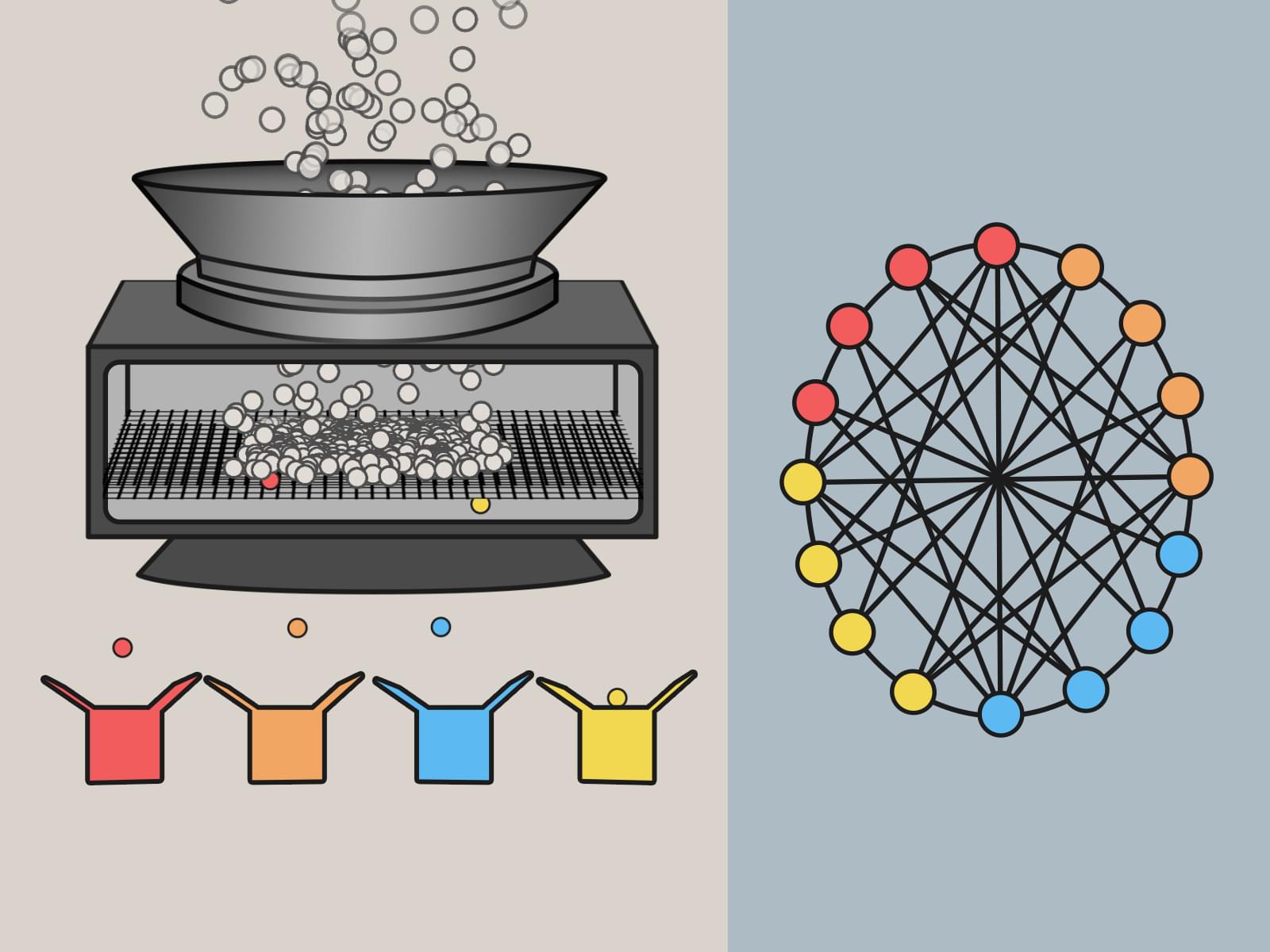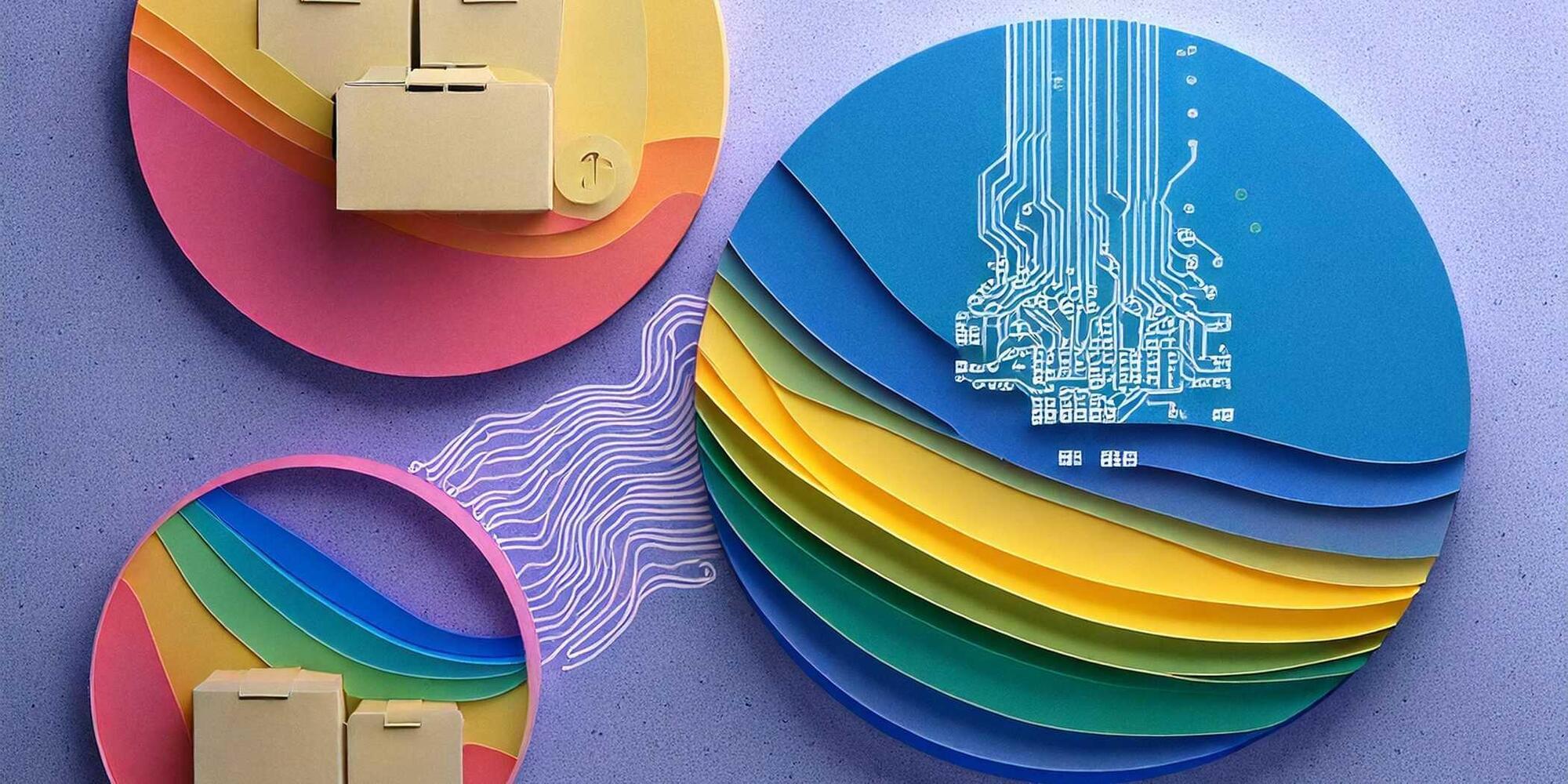*Apply to join Foresight Neurotech program:* https://foresight.org/neurotech-improving-cognition-program/ A group of neuroscience researchers, entrepreneurs,…
Category: information science – Page 31

Mapping dynamical systems: New algorithm infers hypergraph structure from time-series data without prior knowledge
In a network, pairs of individual elements, or nodes, connect to each other; those connections can represent a sprawling system with myriad individual links. A hypergraph goes deeper: It gives researchers a way to model complex, dynamical systems where interactions among three or more individuals—or even among groups of individuals—may play an important part.
Instead of edges that connect pairs of nodes, it is based on hyperedges that connect groups of nodes. Hypergraphs can represent higher-order interactions that represent collective behaviors like swarming in fish, birds, or bees, or processes in the brain.
Scientists usually use a hypergraph model to predict dynamic behaviors. But the opposite problem is interesting, too. What if researchers can observe the dynamics but don’t have access to a reliable model? Yuanzhao Zhang, an SFI Complexity Postdoctoral Fellow, has an answer.

Using ‘shallow shadows’ to uncover quantum properties
It would be difficult to understand the inner workings of a complex machine without ever opening it up, but this is the challenge scientists face when exploring quantum systems. Traditional methods of looking into these systems often require immense resources, making them impractical for large-scale applications.
Researchers at UC San Diego, in collaboration with colleagues from IBM Quantum, Harvard and UC Berkeley, have developed a novel approach to this problem called “robust shallow shadows.” This technique allows scientists to extract essential information from quantum systems more efficiently and accurately, even in the presence of real-world noise and imperfections. The research is published in the journal Nature Communications.
Imagine casting shadows of an object from various angles and then using those shadows to reconstruct the object. By using algorithms, researchers can enhance sample efficiency and incorporate noise-mitigation techniques to produce clearer, more detailed “shadows” to characterize quantum states.

Light signature algorithm offers precise insight on viral proteins, brain disease markers and semiconductors
Researchers at Rice University have developed a new machine learning (ML) algorithm that excels at interpreting the “light signatures” (optical spectra) of molecules, materials and disease biomarkers, potentially enabling faster and more precise medical diagnoses and sample analysis.
“Imagine being able to detect early signs of diseases like Alzheimer’s or COVID-19 just by shining a light on a drop of fluid or a tissue sample,” said Ziyang Wang, an electrical and computer engineering doctoral student at Rice who is a first author on a study published in ACS Nano. “Our work makes this possible by teaching computers how to better ‘read’ the signal of light scattered from tiny molecules.”
Every material or molecule interacts with light in a unique way, producing a distinct pattern, like a fingerprint. Optical spectroscopy, which entails shining a laser on a material to observe how light interacts with it, is widely used in chemistry, materials science and medicine. However, interpreting spectral data can be difficult and time-consuming, especially when differences between samples are subtle. The new algorithm, called Peak-Sensitive Elastic-net Logistic Regression (PSE-LR), is specially designed to analyze light-based data.
Battlestar Galactica Predicted The Future!
Today, we’re diving into how the 2004 reboot of Battlestar Galactica didn’t just serve up emotionally broken pilots and sexy robots—it predicted our entire streaming surveillance nightmare. From Cylons with download-ready consciousness to humans drowning in misinformation, BSG basically handed us a roadmap to 2025… and we thanked it with fan theories and Funko Pops.
🔎 Surveillance culture? Check.
👤 Digital identity crises? Double check.
🤯 Manufactured realities? Oh, we’re way past that.
Turns out, the Cylons didn’t need to invade Earth. We became them—scrolling, uploading, and streaming our humanity away one click at a time.
So join me as we break it all down and honor the sci-fi series that turned out to be way more documentary than dystopia.
👉 Hit like, share with your fellow glitchy humans, and check out egotasticfuntime.com before the algorithm decides fun is obsolete!
#BattlestarGalactica.
A New Empirical Constraint on the Prevalence of Technological Species in the Universe
Love this short paper which reveals a significant insight about alien life with a simple ‘back-of-the-envelope’ calculation! — “We find that as long as the probability that a habitable zone planet develops a technological species is larger than ~10^-24, humanity is not the only time technological intelligence has evolved.” [In the observable universe]
Free preprint version: https://arxiv.org/abs/1510.
#aliens #astrobiology #life #universe
Abstract In this article, we address the cosmic frequency of technological species. Recent advances in exoplanet studies provide strong constraints on all astrophysical terms in the Drake equation. Using these and modifying the form and intent of the Drake equation, we set a firm lower bound on the probability that one or more technological species have evolved anywhere and at any time in the history of the observable Universe. We find that as long as the probability that a habitable zone planet develops a technological species is larger than ∼10−24, humanity is not the only time technological intelligence has evolved. This constraint has important scientific and philosophical consequences. Key Words: Life—Intelligence—Extraterrestrial life. Astrobiology 2016359–362.

Farm robot autonomously navigates, harvests among raised beds
Strawberry fields forever will exist for the in-demand fruit, but the laborers who do the backbreaking work of harvesting them might continue to dwindle. While raised, high-bed cultivation somewhat eases the manual labor, the need for robots to help harvest strawberries, tomatoes, and other such produce is apparent.
As a first step, Osaka Metropolitan University Assistant Professor Takuya Fujinaga has developed an algorithm for robots to autonomously drive in two modes: moving to a pre-designated destination and moving alongside raised cultivation beds. The Graduate School of Engineering researcher experimented with an agricultural robot that utilizes lidar point cloud data to map the environment.
Official website for Osaka Metropolitan University. Established in 2022 through the merger of Osaka City University and Osaka Prefecture University.

Scientists Speed Up the Groundwork Essential for Quantum Computing
PRESS RELEASE — Quantum computers promise to speed calculations dramatically in some key areas such as computational chemistry and high-speed networking. But they’re so different from today’s computers that scientists need to figure out the best ways to feed them information to take full advantage. The data must be packed in new ways, customized for quantum treatment.
Researchers at the Department of Energy’s Pacific Northwest National Laboratory have done just that, developing an algorithm specially designed to prepare data for a quantum system. The code, published recently on GitHub after being presented at the IEEE International Symposium on Parallel and Distributed Processing, cuts a key aspect of quantum prep work by 85 percent.
While the team demonstrated the technique previously, the latest research addresses a critical bottleneck related to scaling and shows that the approach is effective even on problems 50 times larger than possible with existing tools.
What’s Space Made Of?
This book dives into the holy grail of modern physics: the union of quantum mechanics and general relativity. It’s a front-row seat to the world’s brightest minds (like Hawking, Witten, and Maldacena) debating what reality is really made of. Not casual reading—this is heavyweight intellectual sparring.
☼ Key Takeaways:
✅ Spacetime Is Not Continuous: It might be granular at the quantum level—think “atoms of space.”
✅ Unifying Physics: String theory, loop quantum gravity, holography—each gets a say.
✅ High-Level Debates: This is like eavesdropping on the Avengers of physics trying to fix the universe.
✅ Concepts Over Calculations: Even without equations, the philosophical depth will bend your brain.
✅ Reality Is Weirder Than Fiction: Quantum foam, time emergence, multiverse models—all explored.
This isn’t a how-to; it’s a “what-is-it?” If you’re obsessed with the ultimate structure of reality, this is your fix.
☼ Thanks for watching! If the idea of spacetime being pixelated excites you, drop a comment below and subscribe for more mind-bending content.

Algorithm can make AI responses increasingly reliable with less computational overhead
ChatGPT and alike often amaze us with the accuracy of their answers, but unfortunately, they also repeatedly give us cause for doubt. The main issue with powerful AI response engines (artificial intelligence) is that they provide us with perfect answers and obvious nonsense with the same ease. One of the major challenges lies in how the large language models (LLMs) underlying AI deal with uncertainty.
Until now, it has been very difficult to assess whether LLMs designed for text processing and generation base their responses on a solid foundation of data or whether they are operating on uncertain ground.
Researchers at the Institute for Machine Learning at the Department of Computer Science at ETH Zurich have now developed a method that can be used to specifically reduce the uncertainty of AI. The work is published on the arXiv preprint server.